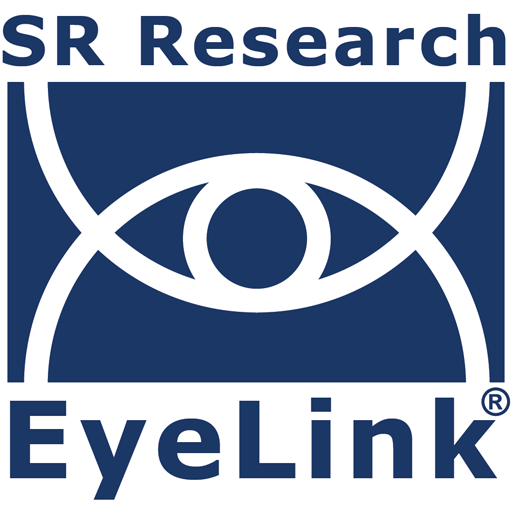CASE STUDY: Prediction of behavioral performance by alpha-band phase synchronization in working memory

Working memory (WM) is a fundamental cognitive system enabling temporary storage and processing of information. Understanding its mechanisms is crucial for various fields, from education to clinical psychology. A recent study by Norouzi and Daliri (2024), “Prediction of behavioral performance by alpha-band phase synchronization in working memory,” leverages a multimodal approach combining electroencephalography (EEG) and eye-tracking to provide valuable insights into WM function.
The research investigated functional connectivity, specifically phase synchronization in the alpha frequency band (8-12 Hz), during a memory-guided saccade (MGS) task. Participants were required to remember a stimulus’s location and then make a saccade (a rapid eye movement) to that remembered position. The core hypothesis was that alpha-band phase synchronization, measured by Phase Locking Value (PLV), would correlate with behavioral performance in WM.
EEG, Eye Tracking, and Working Memory Methodology
Eye-tracking was integral to this study from the outset. The researchers used an EyeLink 1000 Plus eye tracker, operating at a 1000 Hz sampling rate, to precisely record eye movements. This allowed for the meticulous identification of “correct trials” based on several eye-tracking criteria. For instance, trials were discarded if participants blinked during critical periods (fixation, visual, and memory intervals), fixated on any location other than the central cross, or if their saccade error exceeded 2 degrees of visual angle. This rigorous filtering based on eye-tracking data ensured that only trials reflecting genuine working memory engagement, free from confounding eye movement artifacts, were included in the analysis.
Furthermore, eye-tracking provided the key behavioral metric: saccade error. This was defined as the Euclidean distance between the target location and the saccade’s landing point. The study demonstrated a significant difference in saccade error between “near” (6°) and “far” (12°) eccentricity conditions, with participants exhibiting higher saccade errors in the far condition.
Eye Tracking Enables Creation of Error Groups for Interpreting Neural Connectivity
During the maintenance period (1200-1500 ms after stimulus presentation), a significant negative correlation was observed between PLV and saccade error, particularly in parietal and occipital regions. This indicates that stronger phase synchronization in these brain areas was associated with lower saccade errors, implying better working memory performance. Crucially, the researchers also classified trials into “Low-Error” (saccade error < 0.5°) and “High-Error” (saccade error > 1.5°) groups based on the eye-tracking derived saccade error. This classification, made possible by precise eye-tracking measurements, enabled a direct comparison of PLV between these groups. The results showed significantly increased PLV in the Low-Error group compared to the High-Error group across various brain regions (Frontal, Parietal, Occipital), particularly in the 1200-1500 ms interval. This directly links higher neural synchronization to better behavioral outcomes, as defined by saccade accuracy.
The study further utilized eye-tracking to investigate the role of PLV in coding spatial information. By comparing PLV between near and far stimulus conditions, which were differentiated behaviorally by saccade error, the researchers found a significant difference in PLV in the delay period. This suggests that the spatial representation of information in working memory is reflected in distinct patterns of neural synchronization, which are, in turn, linked to the accuracy of eye movements.
In conclusion, the Norouzi and Daliri (2024) study exemplifies how eye-tracking is not merely a supplementary tool but an indispensable component in neurocognitive research. It allowed for rigorous trial selection, provided a direct and quantifiable measure of behavioral performance (saccade error), and facilitated the creation of behaviorally defined groups (Low-Error vs. High-Error) that were essential for interpreting the neural connectivity data. Without the precise behavioral insights garnered from eye-tracking, the strong correlations between alpha-band phase synchronization and working memory performance would have been significantly harder to establish and interpret, underscoring the profound importance of this methodology in understanding the intricate relationship between brain activity and observable behavior.
For information regarding how eye tracking can help your research, check out our solutions and product pages or contact us. We are happy to help!
